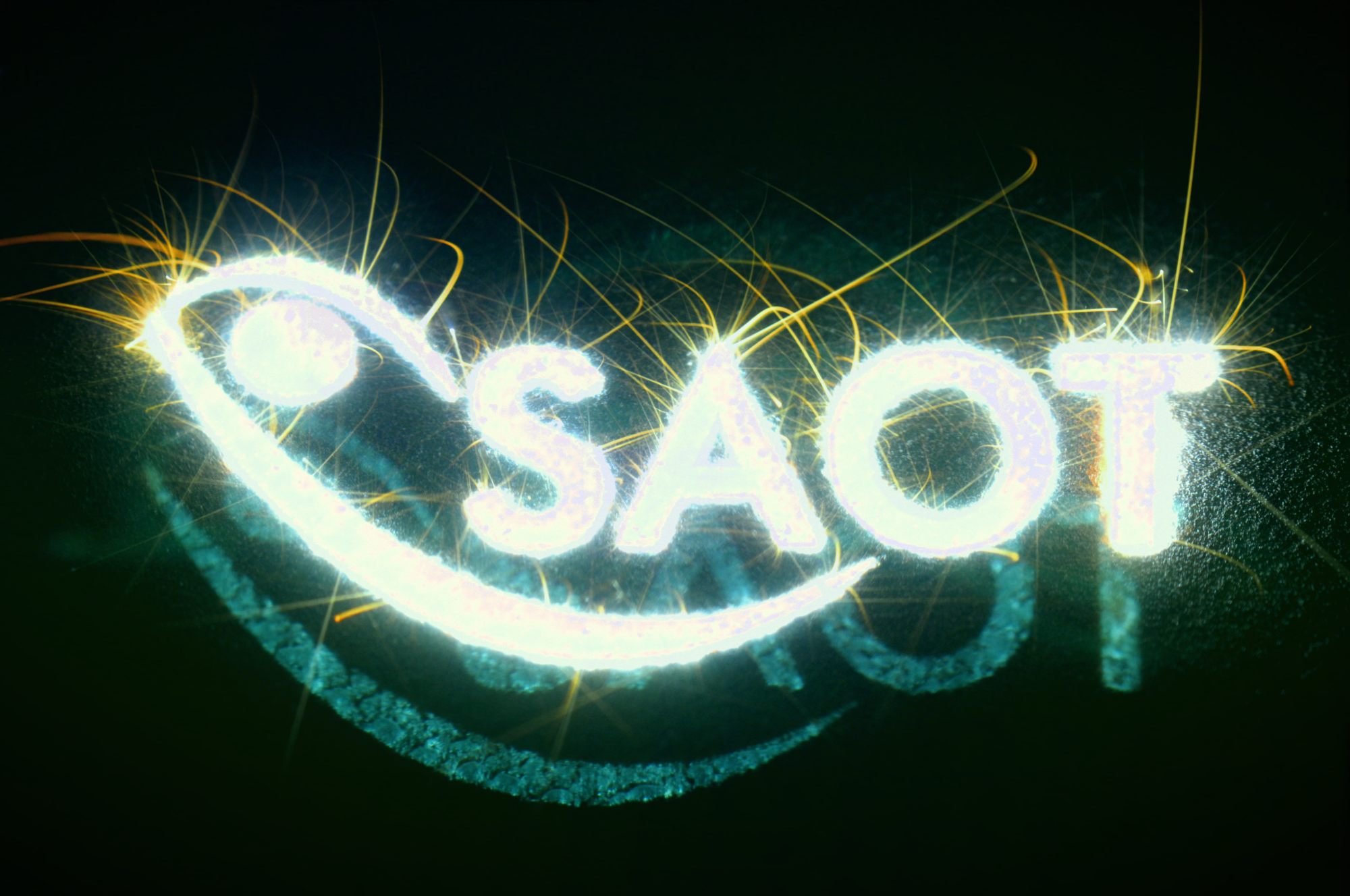New Research Training Group on Heterogeneous Image Systems
Recently a proposal for the establishment of new Research Training Group on HETEROGENEOUS IMAGE SYSTEMS has been accepted by the German Research Foundation (DFG). DFG provides funding of 4.5 Mio€ for the Research Training Group for 4.5 years starting on October 1st, 2012. The application has been coordinated by SAOT professor Marc Stamminger. There are researchers from the department of Computer Sciences and from the department of Electrical, Electronic and Communication Engineering involved in the Research Training group.
Heterogeneous Image Systems
Systems for processing, generating, and transmitting digital images (image systems) often have hard constraints on compute performance, latency, throughput, and costs. Typical examples are medical image
processing, computer games, or video compression on camcorders. In order to fulfill these constraints often dedicated hardware accelerators are used, as well as graphics processors (GPUs) or digital signal processors (DSPs). The resulting image systems are heterogeneous in two respects: First, within a system the computation is spread to several components, second, there is a large heterogeneous set of architectures on which different image applications are executed. Both types of heterogeneity lead to very interesting and important research problems, which are examined in the graduate school. Three major topics will be considered: dedicated hardware architectures for image systems, tools and methods for the programming of heterogeneous image systems, and applications and algorithms for heterogeneous image systems.
Image systems are of high importance, both in research and in practice. Their planning, development and realization requires comprehensive and interdisciplinary knowledge in soft- and hardware, method and tool design, and algorithm development. The topic is very appropriate for a graduate school, in particular in the research and industrial environment of Erlangen. The doctoral candidates get a comprehensive education, which is expanded in specialized problems during the dissertation. PostDocs with larger scientific overview act as multidisciplinary connectors. They qualify interdisciplinary and gather teaching experience. The already existing focus of the topic in the teaching program allows us to include qualified students into research. Finally, Erlangen offers an industrial environment that will give important suggestions for the research, but that will also benefit from novel ideas as well as from highly qualified graduates.
